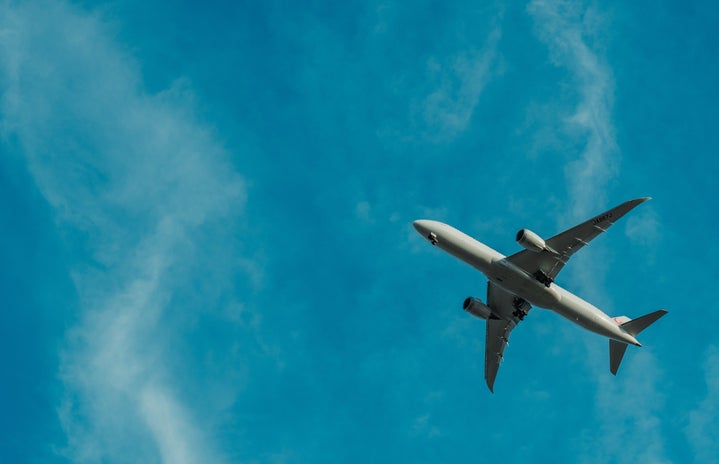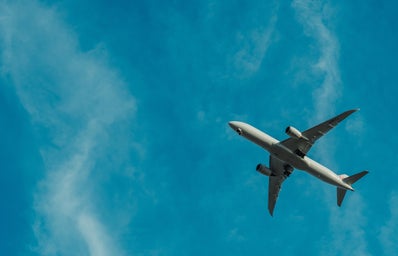As pre-departure COVID-19 testing and mandatory masks are no longer required, airline travel is at an all-time high. The Transportation Security Administration (TSA) announced that almost 9 million travelers passed through airports across the country during Labor Day weekend. As airlines have numerous passengers that exceed pre-pandemic statistics, travelers find themselves frustrated by frequent flight delays and cancellations. Although weather conditions and mechanical issues contribute to continual delays, staffing shortages amplify the problem. Currently, the demand for air travel is not being sustained by popular airline companies because of the lack of pilots.
Airlines, particularly regional carriers, have been forced to limit the number of flights and even end service to certain destinations. Cities like Twin Falls, Idaho and Elko, Nev. are down to one flight a day from their regional airports. Even major airports are facing a departure decrease because of the lack of connecting flights from local servicers. Despite the largest flight training company in the nation, Airline Transport Pilot (ATP), welcoming new students into the program, regional airlines face difficulty in retaining pilots. The Federal Aviation Administration (FAA) sets a minimum requirement of 250 flight hours to receive a commercial pilot certificate. However, most, if not all airlines require an additional 1500 hours to apply. Regional airlines serve as the perfect opportunity for a pilot to accumulate additional training and time before working for a legacy company such as American Airlines, United and Delta. However, as the demand for air travel increases, major airlines are forced to promote pilots working for regional carriers. In turn, the United States faces the current crisis at regional airports.
In order to sustain the aviation industry, Congress has suggested multiple ways the industry can reduce the number of pilots leaving the industry. A controversial, yet potentially helpful deterrent would be to increase the age of retirement for pilots from 65 to 67 years old. With this being said, they would still need to pass all medical examinations required by the FAA. Senator Lindsay Graham of South Carolina stated “Pilots will be aged out, not because they’re unsafe, just simply because they reach 65.” In addition, there have been proposals made by legislators suggesting a reduction of mandatory training hours.
There are currently ways around the required 1500 hours that are required of aspiring airline pilots. These include military training and an aviation degree from an accredited college or university. Critics argue that the 1500-hour rule which took effect over a decade ago has significantly lowered the risk of flight-related injury and death. If the required training time is lowered, current Certified Flight Instructors (CFI) would be asked to help fill the pilot staffing need of airlines across the country. However, as requirements are changed, it may affect the next generation of pilots and their quality of training.
Despite accelerated pilot training programs, financial assistance and possible FAA legislation changes, the aviation community is still plagued by the lack of pilots in the field. With multiple holidays on the horizon, airline companies will be faced with an even greater responsibility of ensuring their passengers arrive at their destinations.
Want to see more HCFSU? Be sure to like us on Facebook and follow us on Instagram, Twitter, TikTok, YouTube and Pinterest!


